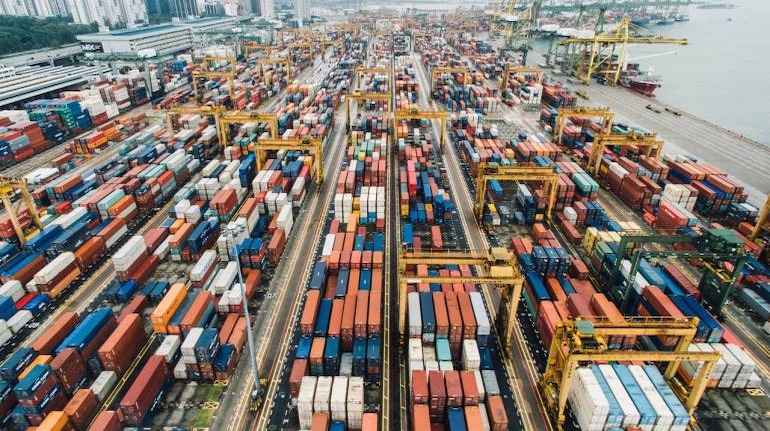



Exporters are seeking interest subsidy and reintroduction of the Export Credit Refinance Facility that will encourage banks to lend to the export sector.
The Federation of Indian Export Organisations (FIEO) has sought these demands in a letter to the finance minister on February 8.
Interest subvention is reduction of interest rate when granting a loan to a party.
“Competition is becoming steeper. To maintain competitiveness, India needs to review the issue of interest subvention,” says Ajay Sahai, Director-General and CEO, Federation of Indian Export Organisations (FIEO).
The FIEO letter follows the hike in the repo rate by 25 bps on February 8, 2023, to 6.5 percent, by the Reserve Bank of India (RBI).
What is interest subvention and Export Credit Refinancing?
While interest subvention is the reduction of interest rate while granting loan to a party, Export Credit Refinancing is a subsidised financing facility for the purpose of promoting the exports of manufactured products, agricultural products and select primary commodities.
Why are exporters complaining?
While raising the rate, RBI Governor Shaktikanta Das said that the current account deficit (CAD) is expected to moderate in the second half of 2022-23 from 3.3 percent of GDP ) in April-September, driven by a moderation in imports.
Read the full speech of RBI Governor here
However, exporters contend that the frequent rate hikes, with the latest one being the sixth since May last year, has made the cost of credit very high.
Following the RBI decision, exporters are demanding credit at interest rates that are lower than the market rates.
The government had reduced interest subvention for MSME (micro, small and medium enterprises) manufacturers from 5 percent to 3 percent and to other specified tariff lines from 3 percent to 2 percent in March, 2022.
Exporters contend that since this reduction, interest rates have gone upwards and are now much above the pre-COVID level.
They have been complaining to the RBI that they have been at the receiving end of a series of import duty hikes, seemingly to build domestic capacities. They say hiking tariffs on steel from China has had a detrimental effect on competitiveness since the US and European steel is not as competitive.
Soaring current account deficit
In 2022, India’s current account deficit (CAD) soared as the country exported less than what it imported. India’s trade deficit hit a record $135.98 billion in 2022, driven primarily by a surge in Indian imports of Chinese goods.
India’s exports to China fell, taking the trade deficit beyond $100 billion with China for the first time.
There are several factors weighing on Indian exports, including a demand squeeze from the world as it braces for a recession.
Exporters contend that for small and medium enterprises, interest rates have gone up 11-12 per cent. Higher prices of commodities, higher freight costs and cost of financing have made it tougher for exporters to remain competitive.
They are also facing competition from countries like Bangladesh and Vietnam, which have emerged as key suppliers to the world.
Discover the latest Business News, Sensex, and Nifty updates. Obtain Personal Finance insights, tax queries, and expert opinions on Moneycontrol or download the Moneycontrol App to stay updated!
Find the best of Al News in one place, specially curated for you every weekend.
Stay on top of the latest tech trends and biggest startup news.